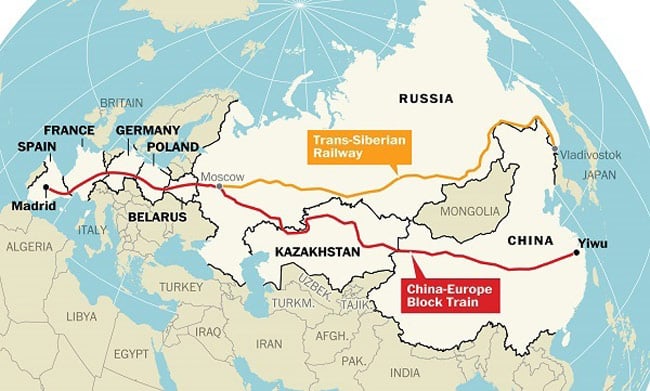
© Philippilosian
Let’s set the record straight: this week was very important for the container shipping industry, because the Taiwanese carrier – one of the weakest links in the container supply chain, based on financial fundamentals – proved to be able to raise NT$6bn ($198m) in new equity capital, with reports suggesting the deal was oversubscribed after launching at NT$5bn ($165m).
Elsewhere, I was rather impressed by CMA CGM’s results, too.
Breathing
Admittedly, Yang Ming’s cash call suggests the situation is more reassuring than it was only a couple of months ago, although its financials remain shaky and its capital structure ultimately untenable, which means more equity is surely needed to fix the balance sheet.
In short, Yang Ming remains on life support as it still needs, for example, up to NT$5bn to cover its short-term funding needs, but if trends in the freight market are benign and previous economic results are confirmed over the next couple of quarters, with a surprising twist, this so far painful corporate story could even boost confidence in the liner trade.
Of course, Taiwan is pumping money into the ailing shipping line, actively supporting Yang Ming with a stake now up to 38% from 33% previously, and that is a smart way to conceive state aid, rather than waiting for disaster to materialise and then intervene – “smart”, so long as the market recovers and overcapacity doesn’t return to haunt it.
Demand
Some of my sources pointed out there was little “natural demand for the shares”, meaning the government and state-owned companies moved the demand needle, but that is normal when the situation, as with Yang Ming, is challenging in terms of material funding constraint.
In my previous coverage – click here (April), here (July) and here (November) – I argued the Taiwanese carrier was on the verge of running out of time to secure the necessary funding that would cover for its short-term needs, but as long as its equity valuation finds a floor around its current level of NT$12 ($0.39), the sun might continue to shine in Keelung, where it is headquartered.
Its share price action this week was essentially a “non-event”, which testifies to the uncertainty still surrounding its financial health.
Its share price, however, is important and serves as a benchmark because, as the company also said this week in a filing with the Taiwan Stock Exchange, it affects the value of other securities that are ranked higher in its capital structure.
“The conversion price of Yang Ming company 4th unsecured convertible bonds was adjusted from NT$28.39 to NT$24.42 on 2017/11/27,” it said, adding that “the conversion price of first private placed secured mandatory convertible bonds was adjusted from NT$25.42 to NT$22.17 on 2017/11/27.”
These amendments reflect a structurally lower share price, which at current levels is now a fear gauge: if it falls significantly below NT$12, rumours will start again to question the suitability of its huge debt load, although the maturity profile of its obligations and its ability to raise funds in a market where junk-rated debt is perceived as being overvalued should still offer some relief.
Elsewhere
This week, France’s CMA CGM also displayed a quarterly performance that, with all due respect to Maersk Line and Hapag-Lloyd, was stunning, particularly considering its core cash flows, which are shown in the table below.
It is a balancing act between profitable volume growth and rising return on equity that cannot be spurred by significantly higher margins and asset turnover, but where leverage does the trick in this market.
Yang Ming still cannot afford the luxury of having to deal with such a nice problem, and equity dilution is the lesser evil at the moment, although there remains one serious problem: surging bunker prices.












































